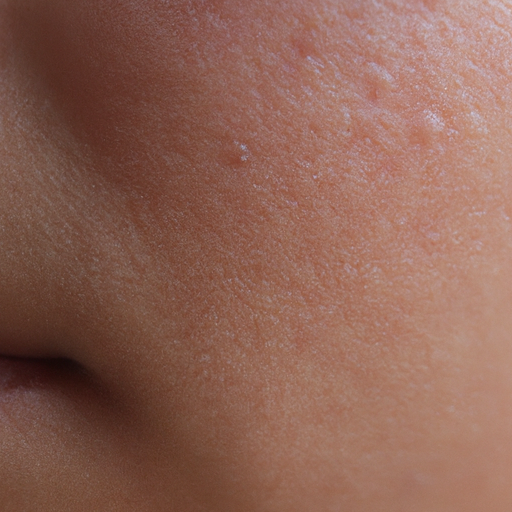As a seasoned dermatologist, I have encountered countless patients struggling with oily skin. This common issue can lead to a myriad of skin problems, including acne, blackheads, and enlarged pores. However, with the right knowledge and tools, it is possible to manage oily skin effectively and reveal the radiant complexion beneath. This article aims to provide an ultimate guide to combat oily skin and unmask the inherent radiance of your skin.
Oily skin is primarily caused by overactive sebaceous glands that produce excessive sebum, a natural skin oil. While sebum is essential for maintaining skin hydration and health, its overproduction leads to an oily sheen and can clog pores, causing various skin issues. Factors contributing to oily skin include genetics, hormonal changes, environmental conditions, stress, and improper skincare routines.
The first step in managing oily skin is understanding your skin type. A simple way to determine if you have oily skin is the ‘blotting sheet’ test. If the sheet picks up oil from your face, particularly from the T-zone (forehead, nose, and chin), you likely have oily skin.
Once you’ve identified your skin type, it’s crucial to tailor your skincare routine accordingly. Here are some dermatologist-approved tips to combat oily skin:
1. Cleansing: Regular and thorough cleansing is crucial for oily skin. Use a gentle, oil-free cleanser twice daily to remove excess oil and impurities without stripping your skin of its natural oils. Over-cleansing can lead to dryness, triggering more oil production.
2. Toning: A good toner can help balance your skin’s pH levels and remove any residual dirt or makeup left after cleansing. Look for alcohol-free toners with ingredients like witch hazel or salicylic acid that can help control oil production.
3. Moisturizing: Contrary to popular belief, oily skin needs moisturization too. Skipping this step can cause your skin to produce more oil to compensate for the lack of moisture. Opt for oil-free, non-comedogenic moisturizers that hydrate your skin without clogging your pores.
4. Sunscreen: Sun exposure can trigger oil production and cause long-term damage. Use a broad-spectrum sunscreen with an SPF of at least 30. Opt for oil-free, non-comedogenic formulas to prevent pore-clogging.
5. Exfoliating: Exfoliate once or twice a week with a gentle scrub or a chemical exfoliant containing salicylic acid or alpha and beta hydroxy acids. This helps remove dead skin cells and unclog pores, reducing oiliness and improving skin texture.
6. Healthy Diet: A diet rich in fruits, vegetables, whole grains, and lean proteins can help maintain healthy skin. Avoid greasy, fried foods and dairy products as they can stimulate oil production.
7. Regular Dermatologist Visits: Regular check-ups with a dermatologist can help monitor your skin’s condition and adjust your skincare routine as needed.
Remember, everyone’s skin is unique, and what works for one person may not work for another. It’s essential to experiment with different products and routines to find what works best for your skin.
In conclusion, while managing oily skin can be challenging, it’s certainly not impossible. With the right skincare routine, dietary habits, and regular check-ups with a dermatologist, you can combat oily skin effectively. Unmask your skin’s radiance and let your natural beauty shine through!




